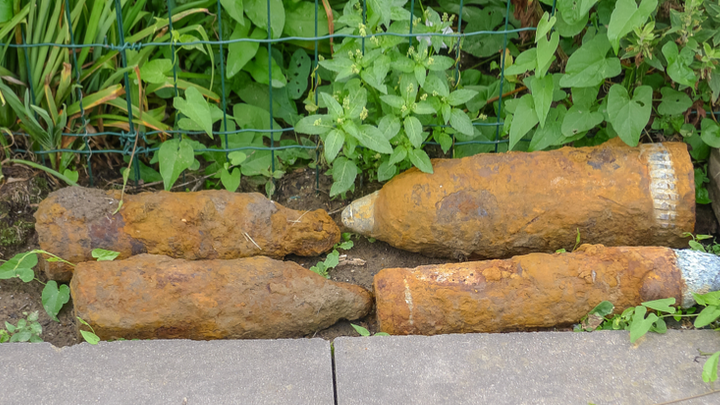Big Bangs - and How to Avoid Them
REMEMBER, remember the fifth of November! We all know about the failed attempt of Guy Fawkes and his conspirators to blow up Britain's Houses of Parliament in 1605 but what would have happened if The Gunpowder Plot had succeeded? The devastation that might have ensued can be vividly imagined by reading the articles in Loss Prevention Bulletin’s October 2018 special issue on Fireworks and Explosives.

Ammonium nitrate
Kish Shah sets the scene with his article on the dangers of ammonium nitrate (AN). The large-scale production of this substance revolutionised land fertilisation, but it has a darker side. When mixed with combustibles, it can give rise to explosion by decomposition or detonation. Case studies, occurring in Europe and the US. spanning more than 40 years , and causing 49 deaths are used to exemplify this. In addition, others resulting in hundreds of fatalities going back to the early 20th century, are referred to. To avoid accidents, AN must be kept away from fire, ignition sources, explosives and combustibles. Moisture, which causes surface caking, must be avoided and great care must be exercised to break up any cake that does form. Never use explosives for this.
Munitions
Mark Hailwood explores a totally different theme – unexploded munitions in conflict areas around the world. The seemingly timeless legacy of conflict is illustrated by the rate of “duds” in WW1 – 30%, which still leads to the need for intensive checks for unexploded ordinance whenever excavation for land usage is carried out in countries such as France or Belgium. Remote-controlled equipment, videoing and risk assessment are essential. Accidents, sometimes fatal, still occur in modern ordinance factories and one of these caused the deaths of 15 workers.
The explosion at the Evangelos Florakis Naval Base in Cyprus, in July 2011, which killed 13 people, highlights an unusual scenario. An illegal cargo of ordinances had been impounded and stored under conditions which left much to be desired in terms of safety management. Roger Stokes details lack of a risk assessment, storage in bright sunlight, proximity to Cyprus’ main power station, and others, as causal factors. All this was exacerbated by the influence of political factors over safety. This should not be allowed to happen.

Fireworks
Pauline Arama looks at fireworks in the home and at public exhibitions. Using the ARIA Database, she selects a range of accidents that focuses on the pitfalls and how to avoid them. Correct storage is a key factor – cleanliness, absence of combustibles, highlighting aged products, fuse protecion – all underpinned by a sound safety culture. In one accident at a fireworks depot, 22 people were killed, a supermarket was flattened and over 2,000 nearby residents had to be evacuated. At a public display, fireworks were propelled horizontally into the crowd. Fortunately, no serious injuries occurred.

A series of major explosions erupted in a single fireworks plant and caused five deaths, writes Fausta Delli Quadri . Fireworks were being transferred from storage to an internal transfer truck, from which they were loaded into larger trucks for transfer to a fireworks display. Four explosions occurred, in adjacent buildings caused by a domino effect. Fireworks pre-armed with detonators, excessive storage quantities and pressure of work due to a high demand from several different firework exhibitions, were contributory factors. The site emergency plan was not activated properly and special care must be taken when fireworks are transferred. Download this article free from the LPB website.
The fireworks fire at Marlie Farm, Sussex, described by Ken Patterson, is a classic example of the perils and disastrous consequences of not complying with regulations. Fireworks were stored, and then exploded, in non-licensed locations. The quantities stored, and their hazard ratings, both exceeded permitted levels. The power of the explosion was equivalent to 190–300 kg TNT. Two fire fighters were killed and the two people responsible for the facility were jailed for manslaughter.
The overall lessons? Well, comply with regulations, light the touch paper, and retire to a safe distance.
Recent Editions
Catch up on the latest news, views and jobs from The Chemical Engineer. Below are the four latest issues. View a wider selection of the archive from within the Magazine section of this site.




